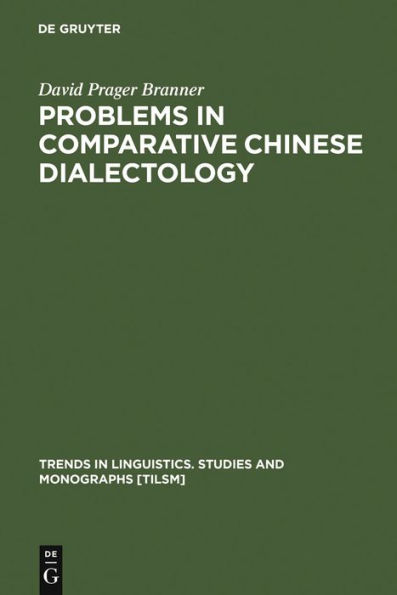5
1
9783110158311


Problems in Comparative Chinese Dialectology: The Classification of Miin and Hakka / Edition 1 available in Hardcover

Problems in Comparative Chinese Dialectology: The Classification of Miin and Hakka / Edition 1
- ISBN-10:
- 3110158310
- ISBN-13:
- 9783110158311
- Pub. Date:
- 12/17/1999
- Publisher:
- De Gruyter
- ISBN-10:
- 3110158310
- ISBN-13:
- 9783110158311
- Pub. Date:
- 12/17/1999
- Publisher:
- De Gruyter
252.0
In Stock

Product Details
| ISBN-13: | 9783110158311 |
|---|---|
| Publisher: | De Gruyter |
| Publication date: | 12/17/1999 |
| Series: | Trends in Linguistics. Studies and Monographs [TiLSM] , #123 |
| Edition description: | Reprint 2011 |
| Pages: | 490 |
| Product dimensions: | 6.10(w) x 9.06(h) x 0.04(d) |
| Age Range: | 18 Years |
From the B&N Reads Blog
